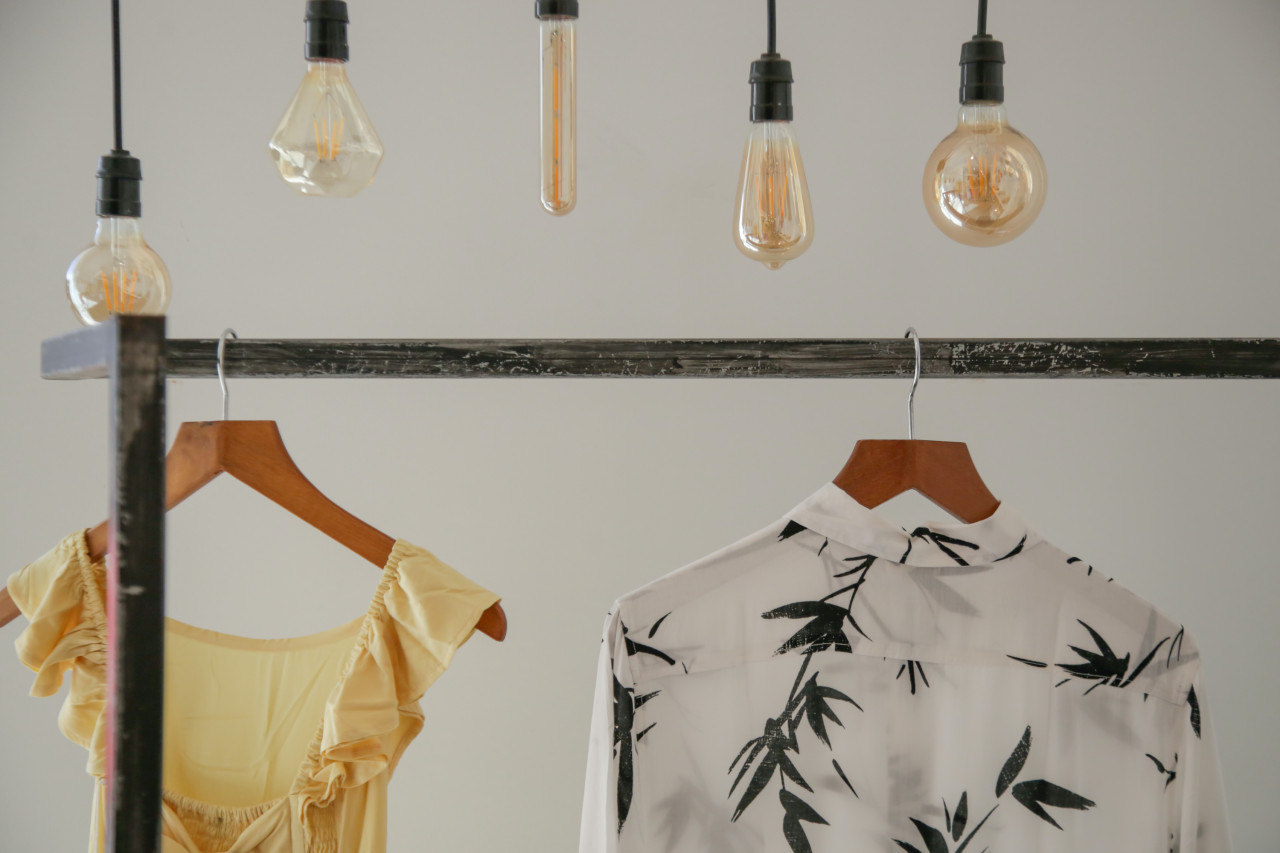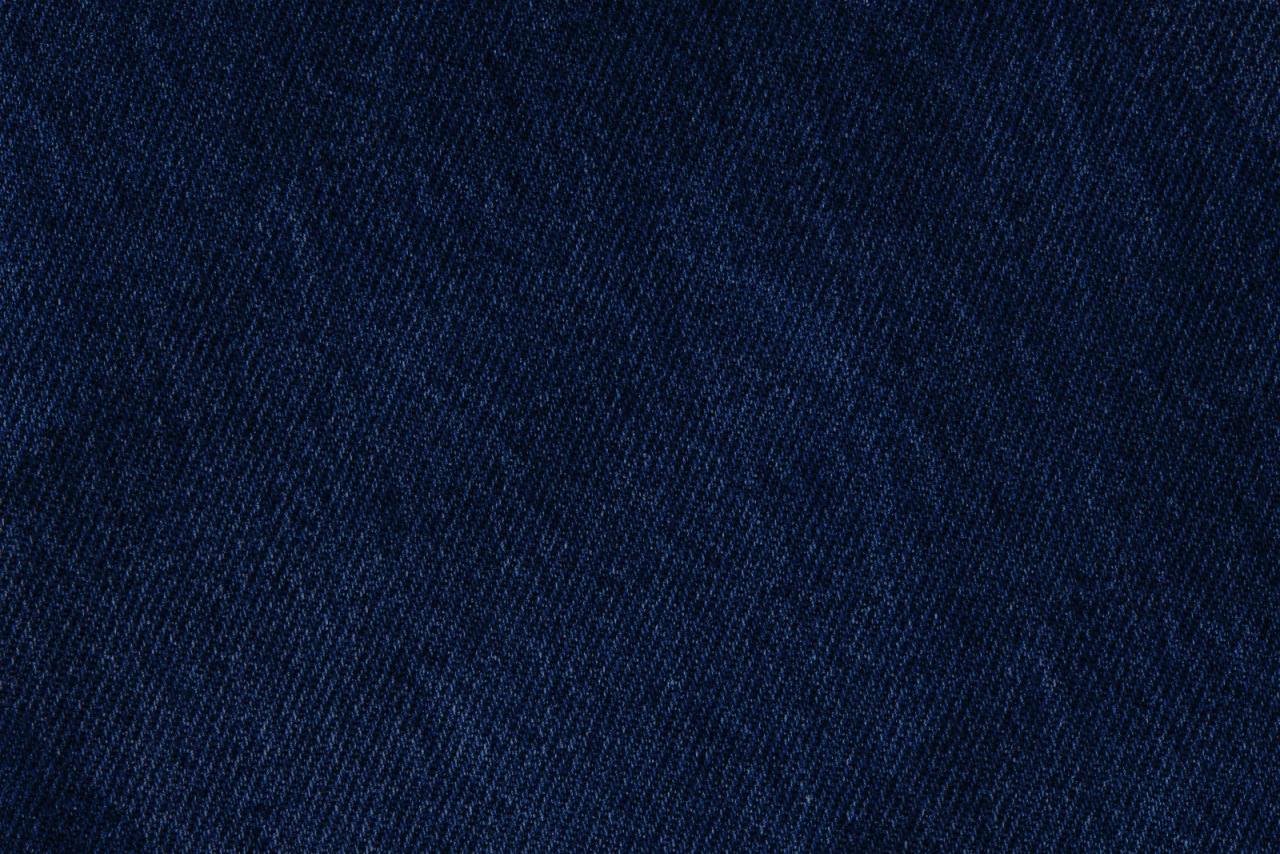You might have heard about slow fashion or sustainable clothing but what does ‘sustainable clothing’ mean? Here’s your guide to the slow fashion movement: what it means, what its goals are and how you can join in.
What is slow fashion?
Slow fashion is about choosing well-made clothes and making sure they last. With care, your favourite jacket could still be something you wear and love years from now.
There’s no need to get rid of clothes when they’re no longer the current trend. If you have the time and tools to repair them, you don’t even need to get rid of clothes when they’re damaged. Look after your clothes, and they’ll keep looking after you.
This obviously has personal benefits. If you’re buying fewer clothes, you’re saving yourself money and time. But it’s also good for the environment, which is why slow fashion and sustainable fashion have a lot of overlap.
What is sustainable fashion?
What is green fashion? What are sustainable clothes? Different people use different terms to talk about sustainability in the fashion industry, but it boils down to a single question: what does ‘sustainable fashion’ mean?
Sustainable fashion is a movement that tries to reduce the impact of the fashion industry on the environment. If something’s unsustainable, it’s not going to be able to exist for the long term. For example, using up natural resources faster than they can replenish themselves is unsustainable; at some point, they’re going to run out.
Through recycling, repair and creating clothes to last, sustainable fashion aims to create a fashion industry that cuts down on pollution and unnecessary consumption. Slow fashion is a way of reducing waste and using fewer resources, so it’s a big help to the sustainable fashion movement.
What is ethical clothing?
‘Ethical clothing’ and ‘sustainable clothing’ are often used interchangeably, but ethical clothing is a slightly broader subject. It’s concerned with the environment, but also with other ethical topics, such as whether animals are harmed in clothing production and how well workers in the clothing industry are treated.
Sustainable fashion brands will often tackle other ethical questions as well. If there’s a particular ethical area you’re interested in, though, it’s worth checking whether the brand you’re looking at addresses it.
How to be part of the slow fashion movement
Answering the ‘what is sustainable clothing?’ question is only the start of your journey. If you want to jump into the slow fashion movement, here are some tips.
Buy well-made, hard-wearing clothes. It’s a lot easier to wear clothes for longer if they’re designed to last in the first place. They may cost more, but they’re a long-term investment.
Investigate sustainable fashion brands. They’ll usually aim to make long-lasting, low-pollution clothes, and some will even offer a repair service.
Give clothes a new life by buying second-hand. Exploring charity shops is fun, and they'll contribute to more than one good cause.
Washing is rough on your clothes, so it’s worth considering whether they actually need washing, rather than throwing them into the washing machine on autopilot. If your jeans still look good, feel good and smell good, they can probably take some more wearing before you wash. A little scented fabric conditioner, such as Ultimate Care Fresh Skies (or Pure, for sensitive skin), can help to keep your clothes smelling fresh for longer.
Take care of your clothes. Check care labels before washing or ironing. If you destroy your wool jumper by washing it in biological detergent, that’s going to make it tricky to keep wearing it for years.
Use a fabric conditioner in addition to a detergent to help keep clothes like new. Add this in the final stage of the washing process; fabric conditioner coats the fibres of your clothes and helps to keep them soft, smelling great, and able to retain their shape and colour. Conditioner also helps to keep clothes from bobbling and makes them easy to iron, and with less static. Ultimately, it helps to keep clothes in good condition, so you can enjoy your favourite items for longer. It’s also good for the planet, helping save natural resources, with a smaller carbon footprint, reduced waste, and less landfill.
Repair your clothes if you can. If they’re shrunk, try to unshrink them before you buy replacements. If you need to replace a button and you don’t have the right one to hand, steal a button you don’t need from elsewhere on the garment, or sew on a different style if you’re feeling daring.
Repurpose clothes that are too damaged to repair.
The slow fashion movement manages to be responsible, practical and exciting at the same time. With a few small changes to your habits, you could end up feeling good, looking good and doing good.


